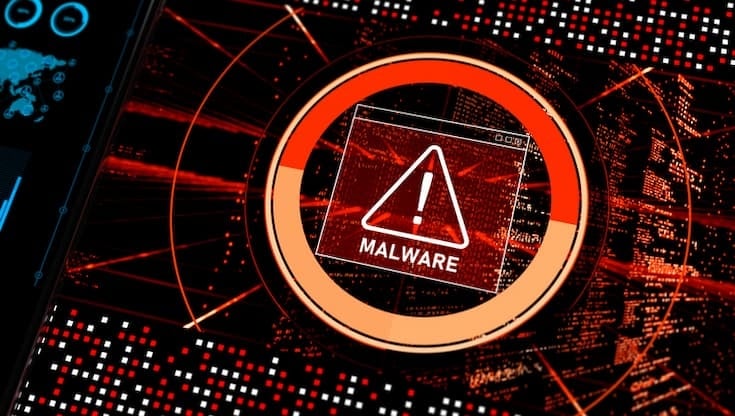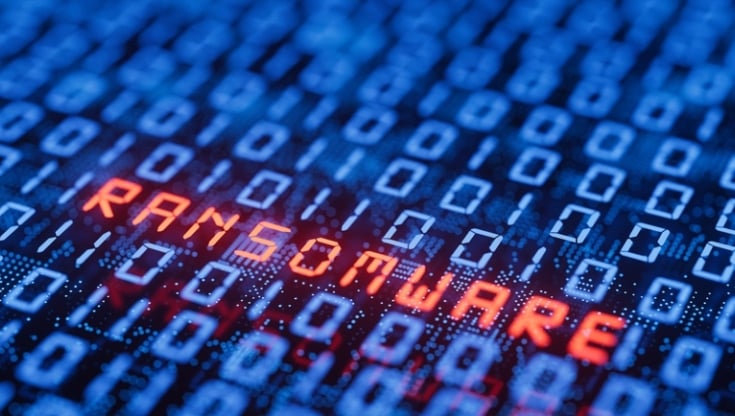Encrypted Client Hello

Hey Google. What is Encrypted Client Hello?
“Encrypted Client Hello (ECH) is a TLS protocol extension that encrypts the initial "Client Hello" message in the TLS handshake, concealing the domain name a user is trying to access from network observers, enhancing privacy and security.”
Google knows all about this because they have led the way on development of this update to the TLS 1.3 protocol. ECH has been enabled by default in Chrome browser since v177 in late 2023, and Google will go on to tell us that this extension to the standard is now supported by other Chromium based browser like Firefox and Microsoft Edge and on the server side by many of the cloud hosting providers like Cloudflare, Amazon CloudFront, and Azure. When the browser implements it and the web hosting provider supports ECH, intermediate transparent proxies are no longer going to see the web site name, which was included in the Server Name Indication (SNI). (Cloudflare has a nice technical description of SNI here. It is a necessary part of the protocol to ensure that devices can open secure connections even when multiple websites are hosted on one server.) This enhances privacy because censors and intermediaries like your internet service provider can no longer see information about websites that you are visiting which was previously seen in the SNI.
If this enhances privacy and security, isn’t that a good thing for firewalls and security solutions? Yes, but … one of the important use cases for modern security platforms is to enforce acceptable usage policies in work environments and schools. Organizations use firewalls to prevent people from browsing to adult content in the workplace. Schools setup their firewalls to stop children from seeing inappropriate material. Back when I was a product manager at WatchGuard for Firebox, one of the features that we were really pleased to implement in 2015 (Fireware OS v11.9.4) was SNI based content inspection for the HTTPS proxy. That meant that even if a firewall was not using TLS decryption, we could still do URL category filtering for any https encrypted websites (i.e. pretty much all of them).
But technology advances, and In the rapidly changing tech landscape, you can’t rely on features that were impactful 10 years ago. Google in their gen AI response recognizes this has an impact and finishes with this coda:
“ECH can make it more difficult for content filtering solutions to identify and block websites based on domain names, which can be a challenge for legitimate safeguarding purposes in education.”
But there are solutions. There are options to switch the default flags in the browser. ECH will not work if encrypted DNS is blocked. But alternatively, we recommend that you fully implement TLS decryption (also sometimes called HTTPS content inspection) in your network solution to inspect all traffic since the majority of malware is hidden in encrypted traffic. In fact, in the latest quarterly WatchGuard Internet Security Report, 60% of malware arrived over an encrypted connection. Some SASE solutions (like WatchGuard FireCloud) make this even easier for remote users by including the necessary HTTPS certificate for TLS decryption in every install of the client on a desktop.


